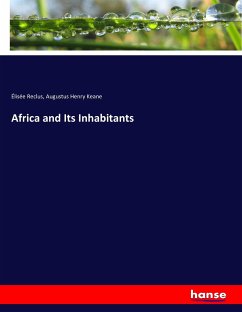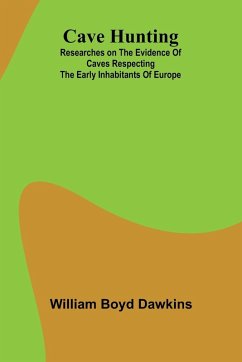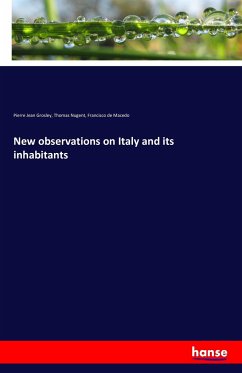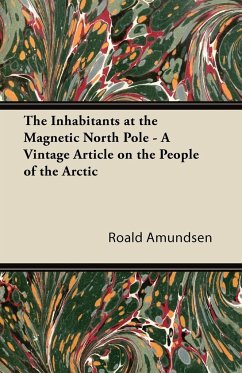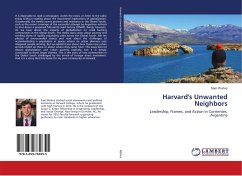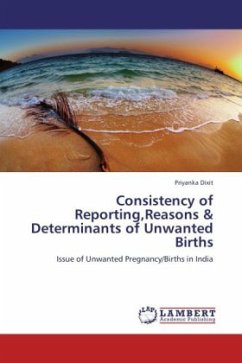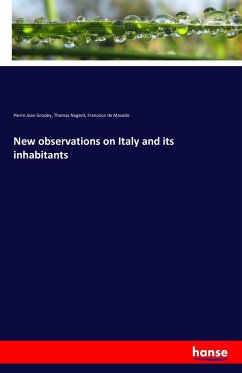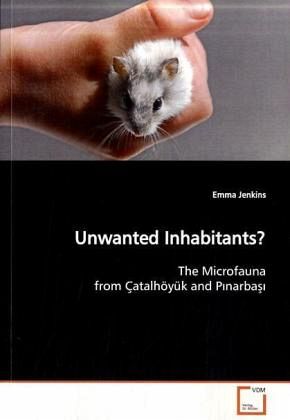
Unwanted Inhabitants?
The Microfauna from Çatalhöyük and P narba
Versandkostenfrei!
Versandfertig in 6-10 Tagen
52,99 €
inkl. MwSt.

PAYBACK Punkte
26 °P sammeln!
The Neolithic of southwest Asia is a critical time inhuman history; it saw the emergence of agriculture,the beginning of prolonged sedentism, a change incultural and ritual practices and the advent ofcomplex societies. With this came not only apractical change in resource management but also anideological shift in how these resources were viewed.By comparing microfaunal assemblages from two verydifferent sites in Anatolia, Çatalhöyük andP narba , Emma Jenkins explores how microfauna canbe used to provide information about thepalaeoenvironment, the effects of sedentism onmicrofaunal communit...
The Neolithic of southwest Asia is a critical time in
human history; it saw the emergence of agriculture,
the beginning of prolonged sedentism, a change in
cultural and ritual practices and the advent of
complex societies. With this came not only a
practical change in resource management but also an
ideological shift in how these resources were viewed.
By comparing microfaunal assemblages from two very
different sites in Anatolia, Çatalhöyük and
P narba , Emma Jenkins explores how microfauna can
be used to provide information about the
palaeoenvironment, the effects of sedentism on
microfaunal communities and past ritual and cultural
beliefs. The results show that while the Çatalhöyük
assemblage consists predominantly of house mice, no
commensal species were found at P narba , indicating
that sedentism does lead to commensalism. The
discovery of dense concentrations of microfauna
derived from carnivore scats, and incorporated into
human burials at Çatalhöyük, suggests that small
mammals or their predators had a role in the ritual
life at the site. These findings are useful to other
researchers studying the Neolithic and to those
interested in the field of microfaunal analysis.
human history; it saw the emergence of agriculture,
the beginning of prolonged sedentism, a change in
cultural and ritual practices and the advent of
complex societies. With this came not only a
practical change in resource management but also an
ideological shift in how these resources were viewed.
By comparing microfaunal assemblages from two very
different sites in Anatolia, Çatalhöyük and
P narba , Emma Jenkins explores how microfauna can
be used to provide information about the
palaeoenvironment, the effects of sedentism on
microfaunal communities and past ritual and cultural
beliefs. The results show that while the Çatalhöyük
assemblage consists predominantly of house mice, no
commensal species were found at P narba , indicating
that sedentism does lead to commensalism. The
discovery of dense concentrations of microfauna
derived from carnivore scats, and incorporated into
human burials at Çatalhöyük, suggests that small
mammals or their predators had a role in the ritual
life at the site. These findings are useful to other
researchers studying the Neolithic and to those
interested in the field of microfaunal analysis.



